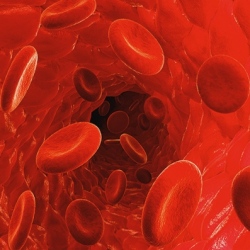
Injecting minute amounts of two immune-stimulating agents directly into solid tumors in mice can eliminate all traces of cancer in the animals, including distant, untreated metastases, according to a study by researchers at the Stanford University School of Medicine.
The approach works for many different types of cancers, including those that arise spontaneously, the study found.
The researchers believe the local application of very small amounts of the agents could serve as a rapid and relatively inexpensive cancer therapy that is unlikely to cause the adverse side effects often seen with bodywide immune stimulation.
“When we use these two agents together, we see the elimination of tumors all over the body,” said Ronald Levy, MD, professor of oncology. “This approach bypasses the need to identify tumor-specific immune targets and doesn’t require wholesale activation of the immune system or customization of a patient’s immune cells.”
One agent is currently already approved for use in humans; the other has been tested for human use in several unrelated clinical trials. A clinical trial was launched in January to test the effect of the treatment in patients with lymphoma.
Science Translational Medicine – Eradication of spontaneous malignancy by local immunotherapy
Mobilizing endogenous T cells to fight tumors is the goal of many immunotherapies. Sagiv-Barfi et al. investigated a combination therapy in multiple types of mouse cancer models that could provide sustainable antitumor immunity. Specifically, they combined intratumoral delivery of a TLR9 ligand with OX40 activation to ramp up T cell responses.
This dual immunotherapy led to shrinkage of distant tumors and long-term survival of the animals, even in a stringent spontaneous tumor model. Both of these stimuli are in clinical trials as single agents and could likely be combined at great benefit for cancer patients.
